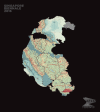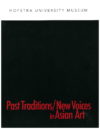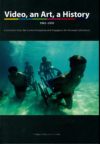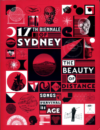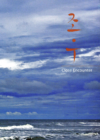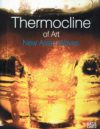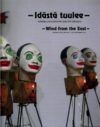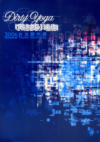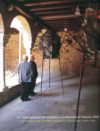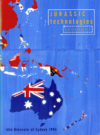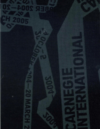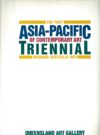Tyler Rollins Fine Art is pleased to present Jaonua: The Nothingness & Sanook Dee Museum, an exhibition of two new video works by Araya Rasdjarmrearnsook, taking place from June 1 – July 28, 2017. Araya is one of Southeast Asia’s most respected and internationally active contemporary artists, and for the past thirty years, her video, installation, and graphic works have been regularly shown in museums and biennials around the world, including the Venice Biennale (2005), Documenta (2012), and a retrospective exhibition at the Sculpture Center in New York (2015). Her latest exhibition centers on Jaonua: The Nothingness (2016), a five-channel video installation commissioned for the 2016-17 Singapore Biennale and now making its international debut in an expanded format. It is shown alongside Sanook Dee Museum (2017), a single-channel video exhibited for the first time.
Born in Trad, Thailand, in 1957, Araya received fine art degrees from Silpakorn University in Bangkok in 1986 and from Hochschule für Bildende Künste Braunschweig in 1990 and 1994. Her etchings and aquatints of the late 1980s, and her sculptures and installations of the early and mid-1990s, set up themes – death, the body, and women’s experience – that have endured throughout her career. Since the late 1990s, video has been the primary medium of her artistic practice. Still deeply influenced by her earlier sculptural installation work, her videos are imbued with a strong physicality, with a close focus on bodies, often positioned in semi-abstract environments, their aura extending outward into the viewer’s own space. These videos typically imply the presence of an audience that is both observing the action and ceremonially participating in it. They reference traditions of village storytelling, which create continuities between the present and the past, the everyday world and the world of spirits and of legend. Her videos have a meditative, ritualistic quality, inflected by Thai Buddhism, and, like many of humanity’s important rituals, they are often centered on the idea of communication between different realms: between the living and the dead, the insane and “normal” people, humans and animals, the worlds of art and “real life.”
Jaonua: The Nothingness is in many respects a seminal work in Araya’s oeuvre, weaving together thematic strands from throughout her career into a powerfully integrated whole. It is perhaps her most complex video installation to date, with five intertwined video narratives projected onto various objects – including a bed, window, and rug – evoking a highly charged domestic environment in which dreams and reality seem to meld. It is a meditation on what she calls “the inseparable entanglement of things/lives/subjects.” Motifs, even actual video clips, taken from her earlier work, are incorporated into a series of almost surreal narrative fragments informed by Buddhist teachings relating to the nature of suffering, attachment, and karma, alongside musings on Western philosophy of Being. A montage of visual motifs coalesces into a powerful vision of the cycle of life, exploring the nature of attachment in its many forms – whether to sex or eating, to rigid philosophical systems, or even to the sensuality of the art work.
The nature of the work of art, and our relationship to it, are probed further in Sanook Dee Museum, a video that continues themes developed in two of Araya’s most acclaimed series, Two Planets (2008) and Village and Elsewhere (2011), in which she placed framed reproductions of iconic Western paintings in rural villages, markets, and Buddhist temples in Thailand, and filmed groups of farmers discussing the artworks, sometimes along with Buddhist monks. With the new video, she brings these participants into a museum, setting the stage for highly animated discussions. All the videos in these related series create a meeting point between apparent oppositions: high art and everyday life; the personal and private spheres; elite and mass culture; art and commerce; East and West. While issues of class and cultural differences, exoticization of the “other,” etc., are invoked, these videos also convey a sense of curiosity, humor, and joy that emphasize a common humanity.






